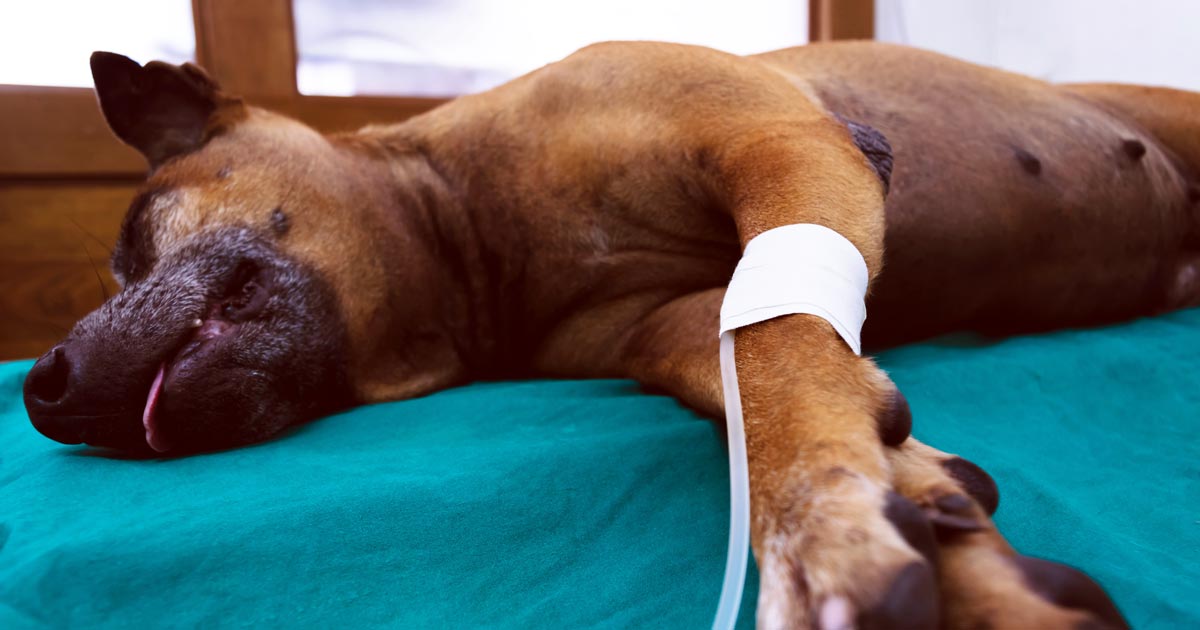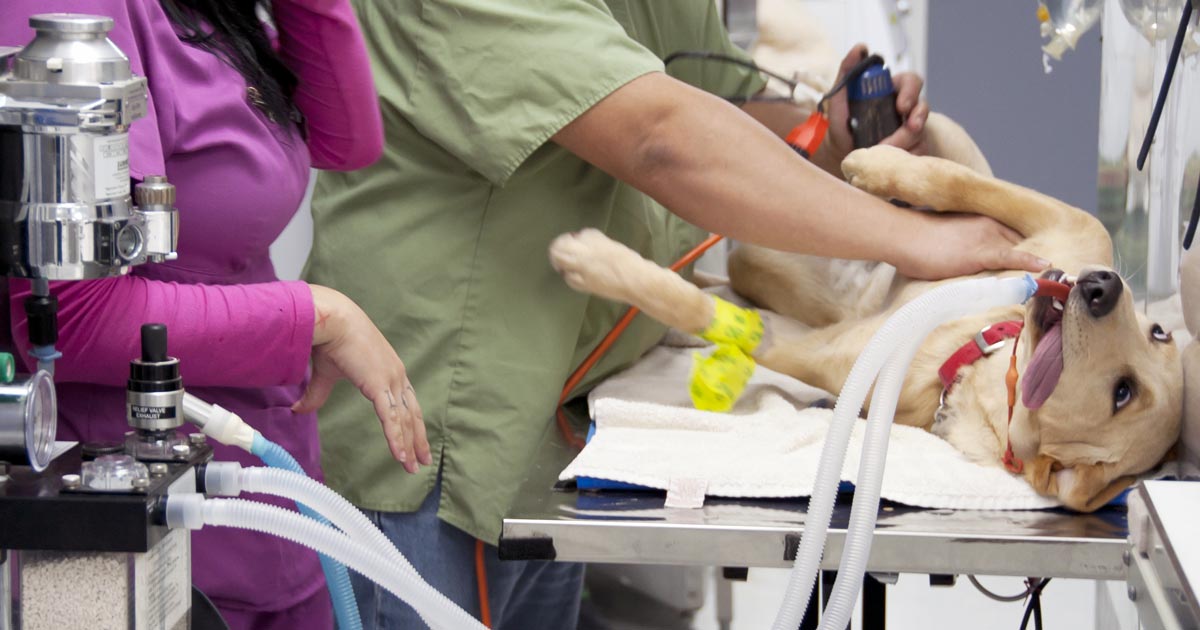Tag: Cats
-
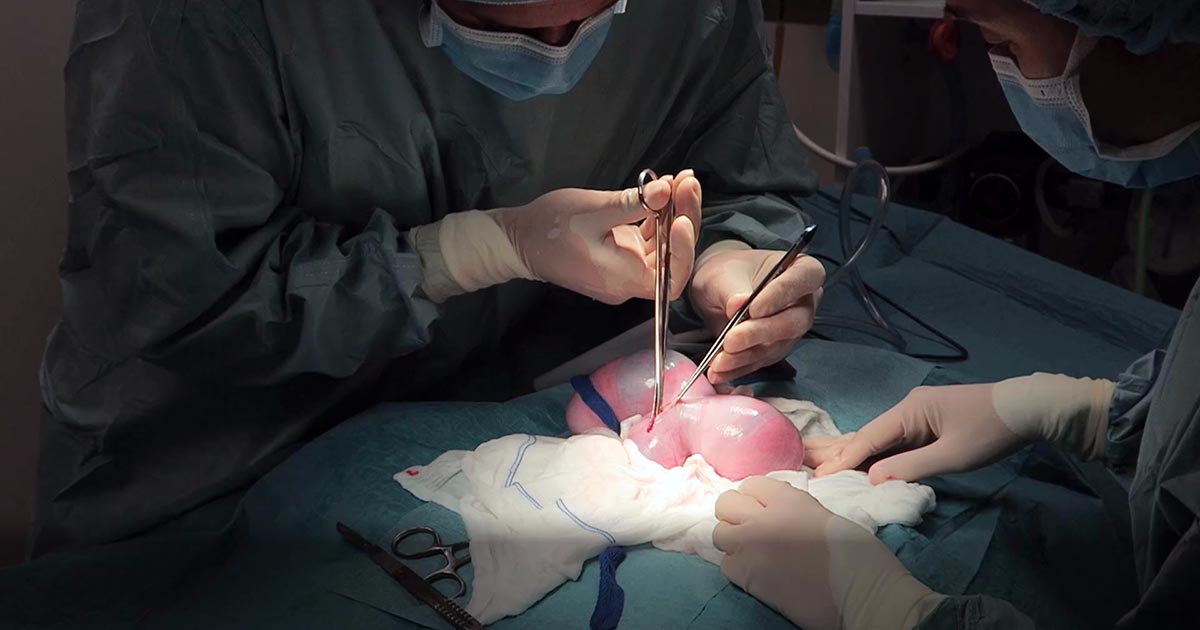
Dystocia, pt 4: caesarean tips
—
by
Prolonged hypoxaemia, hypotension and hypoventilation are the top three causes of periparturient fetal mortality – for these reasons, all precautions must be taken to avoid it. As soon as authorisation has been obtained to proceed with a caesarean section, the patient should be stabilised immediately. This includes having perioperative blood work performed, and clinical hypoperfusion…
-
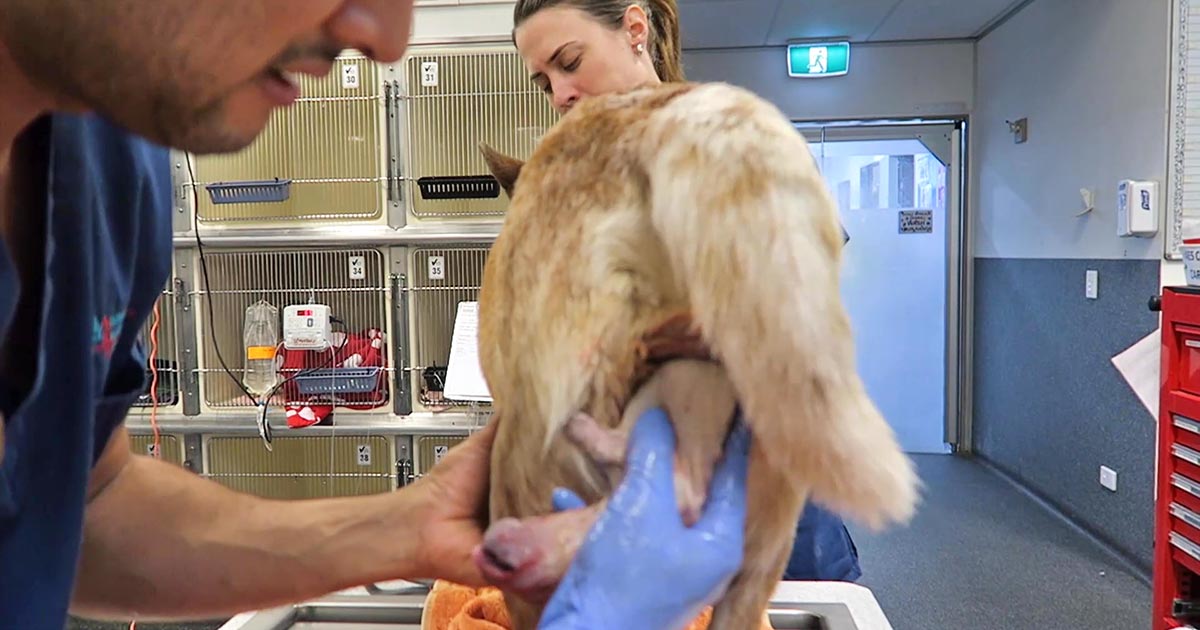
Dystocia, pt 2: diagnostics
—
by
Part one of this series covered the stages of labour and indications dystocia is present. Once the bitch presents to the clinic, a few basic diagnostic checks need completing to determine the status of the bitch/queen and the fetuses. Physical examination The first is a thorough physical examination, starting with the bitch or queen: Demeanour,…
-

Dystocia, pt 1: labour stages
—
by
Now most female canine patients are spayed, it comes as no surprise reproductive emergencies are not as common. One confusion seems to be not knowing how to determine a true dystocia emergency – especially when given advice over the telephone – from the process of normal parturition. Another concern is how to confidently form a…
-
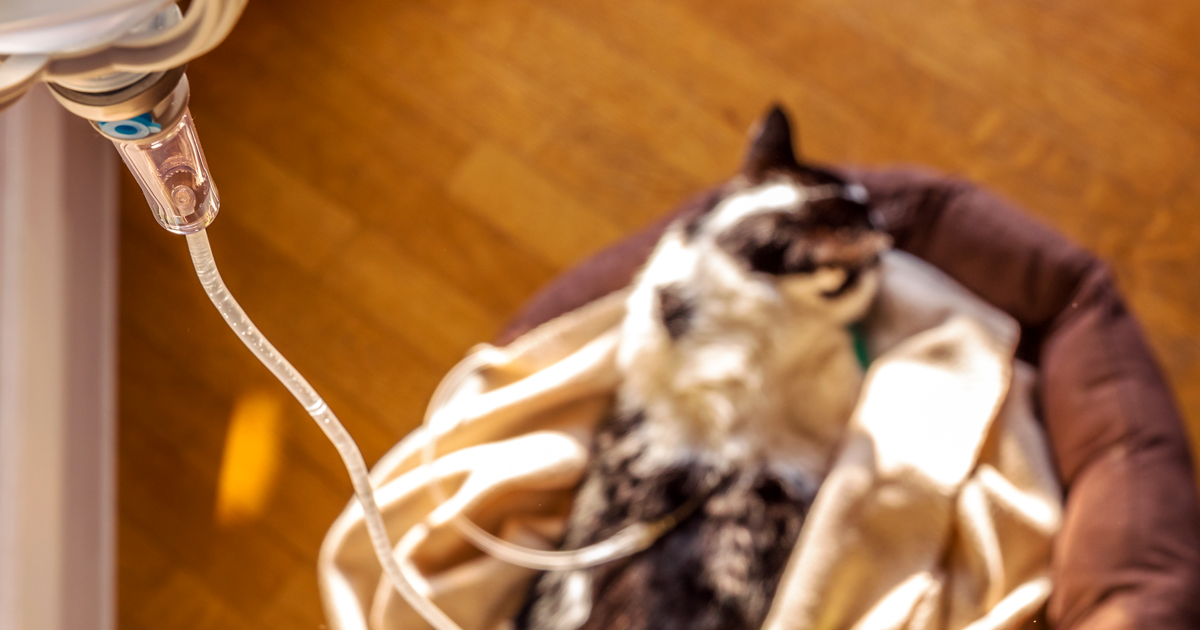
Pancreatitis, pt 2: treatment and prognosis
—
by
Last week we covered diagnosing pancreatitis and the challenges associated with doing so. This week we look at management. The treatment of pancreatitis largely involves supportive care and monitoring for potential complications. Here, we recap the fundamentals. IV fluids IV fluids are critical in the acute phase to restore perfusion to core organs and correct…
-

Pancreatitis, pt 1: diagnosis
—
by
Pancreatitis is one of the most common exocrine conditions seen in small animal practice. It is caused by premature activation of enzymes (zymogens) within the pancreas leading to autodigestion, and can result in severe morbidity with the potential to lead to mortality. To this day, the diagnosis of pancreatitis remains a challenge – especially in…
-

Systemic antibiotics – a brief guide for new grads
—
by
A lot of information is available regarding different antibiotics and, for the newest generation of vets, the pressure to use them correctly and responsibly is greater than ever. One of main challenges when you start clinical practice is knowing the most appropriate antibiotic for common presenting conditions. Below is a rough guide for antibiotic selection according to body…
-
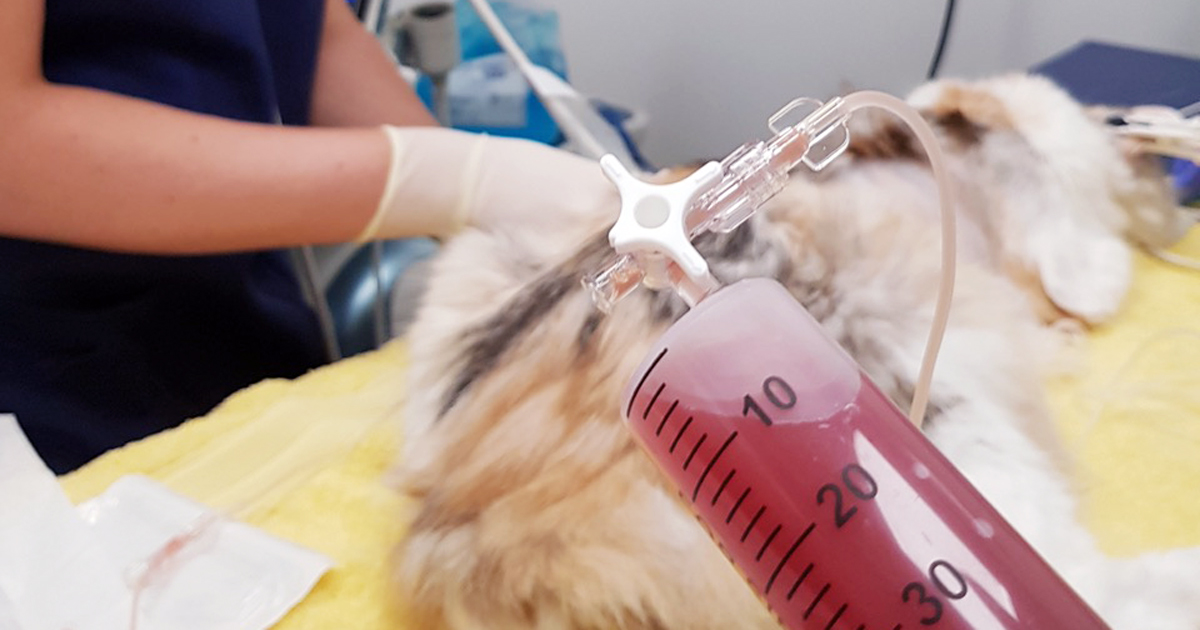
Thoracentesis, part 2: sample work
—
by
Last week we gave some hints and tips about how to perform a thoracocentesis. This week we look at what to do with the sample you collected and where to go to next. Looking at the sample is not enough, there are several things you need to do to make sure you are getting the…
-
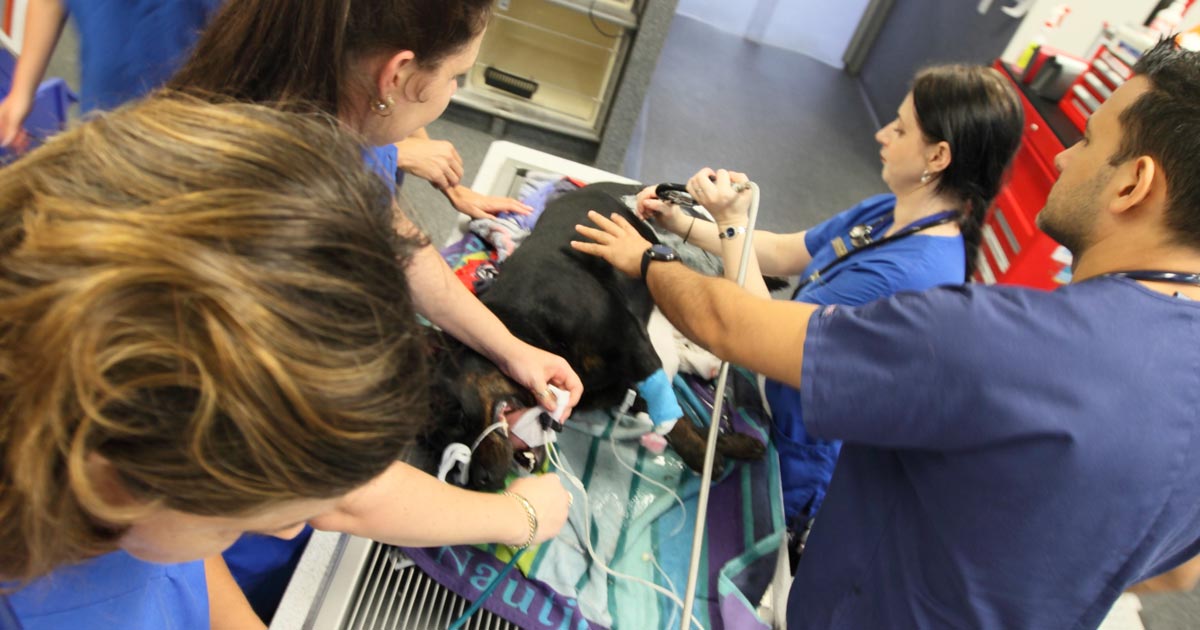
Seizures, part 1: the questions to ask
—
by
Clients often panic when they think their pet is having a seizure and can skip over vital information. Often, what an owner describes as a “fit” may actually be syncope, collapse from anaphylaxis or internal haemorrhage (for example, neoplasia), a vestibular event or a behavioural condition. True seizures True seizures can be divided into two…
